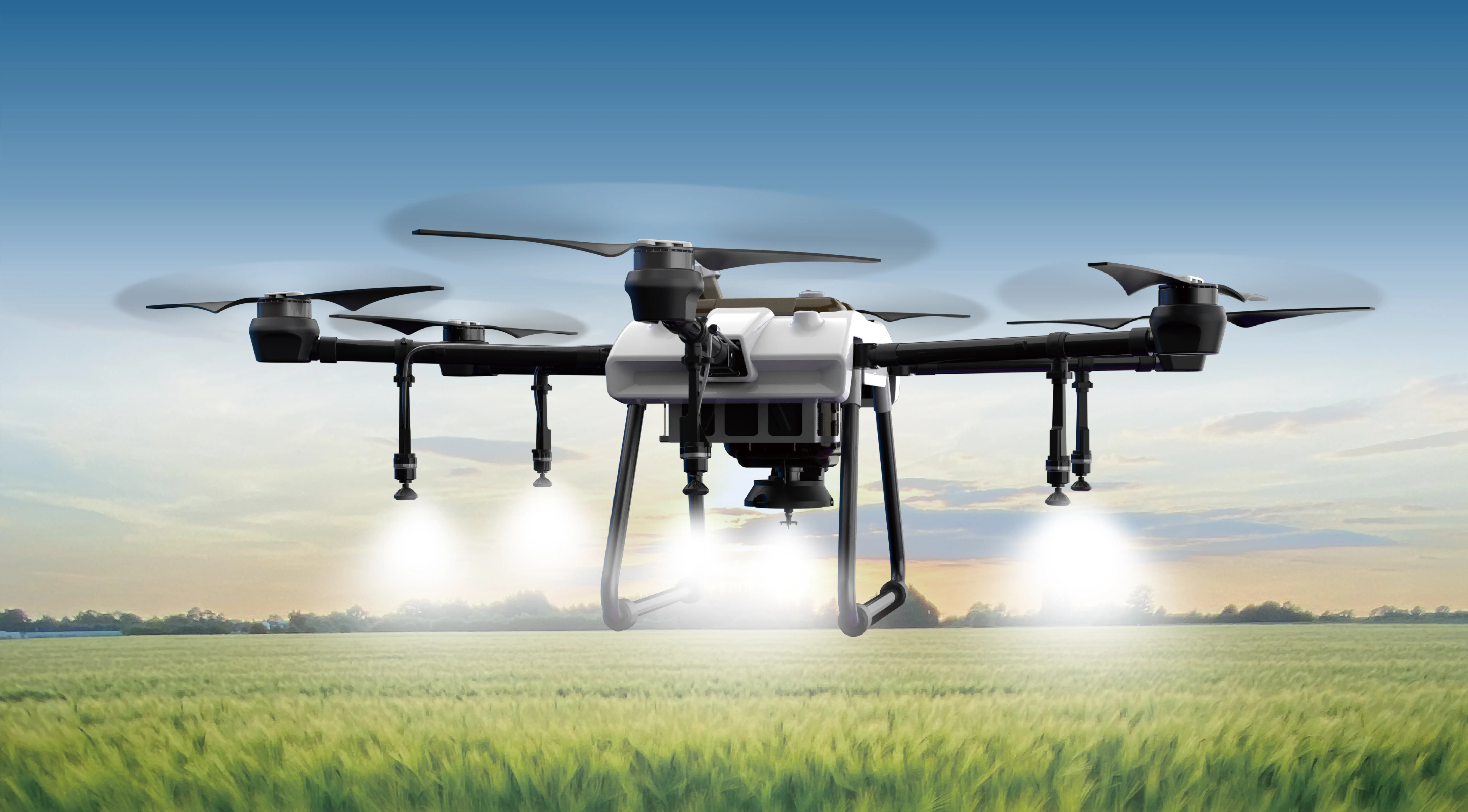Thinking about incorporating a servo motor into your project? Ever wondered how much juice it really guzzles? Let’s talk about the SG90—and its power consumption. Spoiler: It’s pretty efficient, but a few details might surprise you.

First off, the SG90 is widely popular among hobbyists and DIYers. Why? Because it's lightweight, affordable, and surprisingly versatile. But if you’re building a robot arm or an automatic camera slider, understanding its power needs is key. So, how much energy does this tiny titan draw?
At its core, the SG90 servo operates at a voltage range of 4.8V to 6V. When idle, it usually consumes about 0.5 watts—roughly 100 milliamps at 5V. No big deal, right? But crank up the load or push it to full speed, and that number can jump to roughly 1 watt, around 200 milliamps. That rise is noticeable if you're powering many units from a single source.
What’s fascinating is, despite the small size, it packs quite a punch in power draw. Imagine a drone with multiple SG90s spinning around. Each servo’s consumption adds up, so if you’re planning a swarm, you’ll want a power setup that holds its ground. It’s not just about how much juice it uses during operation but also how much peak current it needs during movement. Quick starts or sudden stops spike the current briefly.
Curious about energy efficiency? Well, these servos don't waste much energy—they’re designed for low power consumption with decent torque. The trade-off? A slightly limited torque compared to larger servos. But for most lightweight applications, that balance hits the sweet spot. Plus, they don't heat up much during regular use, meaning fewer worries about overheating.
Now, speaking of longevity and performance, picture this: if you run a dozen SG90s continuously, your power supply better handle sustained loads. Otherwise, voltage dips could mess with operation—and nobody wants that. Think about your power source—is it a simple 5V wall adapter or a rechargeable pack? The capacity you choose influences how long your project runs before needing a recharge.
Ever wondered if you can optimize power consumption? Simple tricks work wonders. Reducing the servo’s load by minimizing strain can save a lot of energy. Also, controlling movement speed not only makes your project smoother but also more energy-efficient. Fast motions gobble up more power, just like opening the tap wide instead of gradually.
If you’re working on a tight budget or space, the SG90’s low power consumption makes it a go-to choice. It’s like the energy-efficient car of servos: not the most powerful, but rather… smart about how it uses what it’s got.
In the end, understanding the power profile of the SG90 helps you design smarter projects. Balance your voltage, current draw, and load—add a good power source, and you'll get smooth operation without draining your batteries too quickly. That’s the secret sauce for making your project both reliable and long-lasting.
Leveraging innovations in modular drive technology, Kpower integrates high-performance motors, precision reducers, and multi-protocol control systems to provide efficient and customized smart drive system solutions.




































